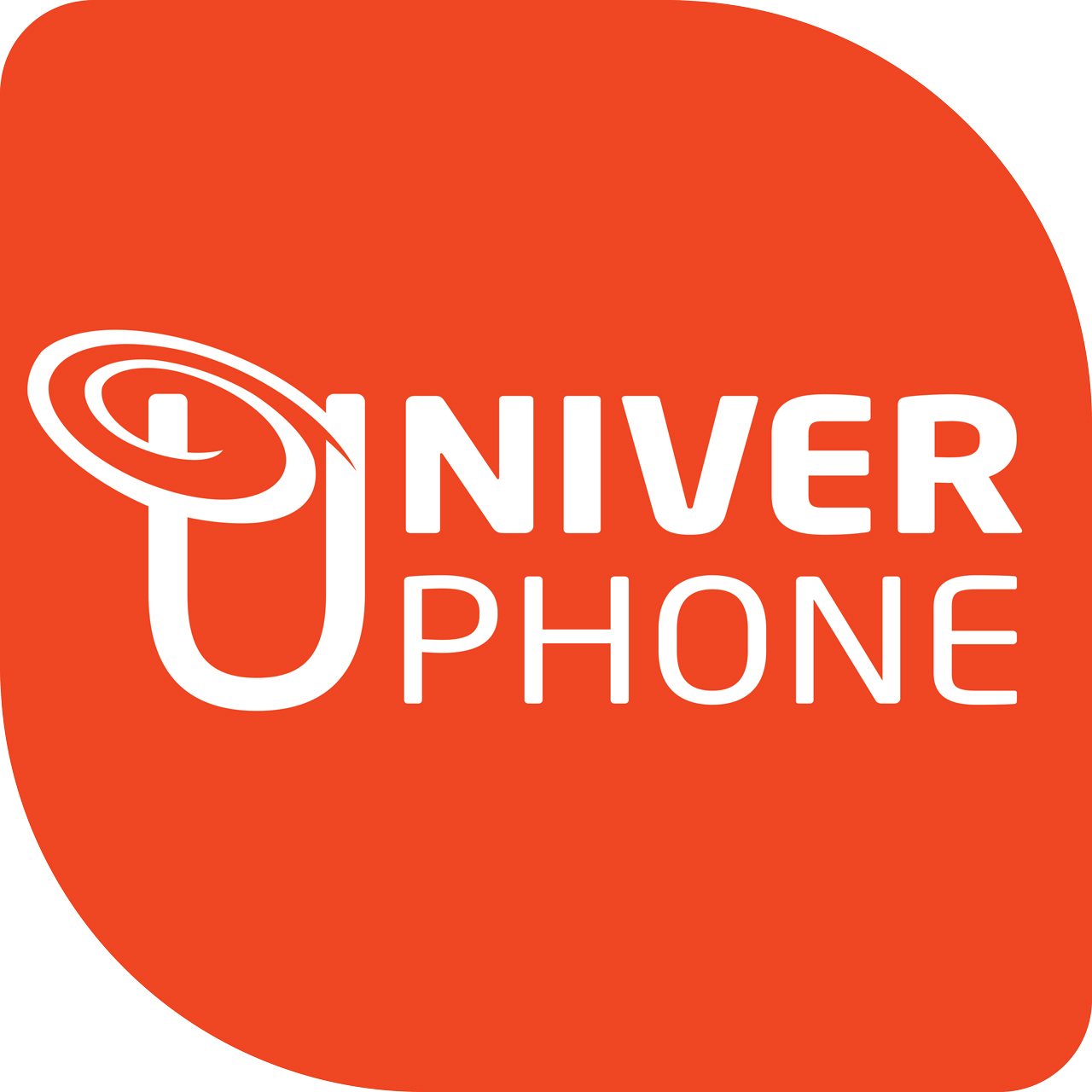When it comes to protecting your phone, there are two popular options: hydrogel film and tempered glass. Both solutions offer additional protection for your screen, but they have different features and benefits. To determine the best choice for your phone, it’s essential to understand the differences between these two products.
Hydrogel Film:
Hydrogel film is a relatively new screen protection solution on the market. It’s made from a flexible, transparent material called hydrogel, which is usually a water-based synthetic polymer. Here are a few points to consider about hydrogel film:
1. Flexibility and adaptability: Hydrogel film is extremely flexible and molds perfectly to the contours of your screen, making it an ideal option for phones with curved screens or rounded edges.
2. Protection against scratches and impact: although hydrogel film can offer some protection against scratches and light impact, it is not as resistant as tempered glass to direct impact.
3. Self-healing: An interesting feature of hydrogel film is its ability to self-heal minor scratches and marks over time, thanks to its self-healing properties.
4. Visual clarity: Hydrogel film is generally designed to be as transparent as possible, offering maximum visual clarity without compromising the quality of your phone’s display.
Tempered Glass:
Tempered glass is a more traditional and widely used screen protection option. This is a glass material chemically strengthened to improve its resistance and durability. Here are a few points to consider about tempered glass:
1. Shock and scratch resistance: Tempered glass offers excellent protection against scratches, shocks and direct impacts. It’s harder and more resistant than hydrogel film, making it an ideal choice for those who want maximum protection for their screen.
2. Tactile sensitivity: In general, tempered glass offers a more natural tactile sensation than hydrogel film. It can also have an oleophobic coating to reduce fingerprints and smudges.
3. Thickness and clarity: Tempered glass is often thicker than hydrogel film, which may slightly affect the feel and appearance of your phone. However, technological advances have made it possible to produce thinner versions of tempered glass while maintaining good visual clarity.
Conclusion:
Ultimately, the choice between hydrogel film and tempered glass depends on your personal preferences and screen protection needs. If you’re looking for a flexible, adaptable and self-healing solution, hydrogel film may be the best option for you. However, if you want maximum protection against scratches and bumps, with a natural tactile feel, tempered glass is probably the most appropriate choice.

